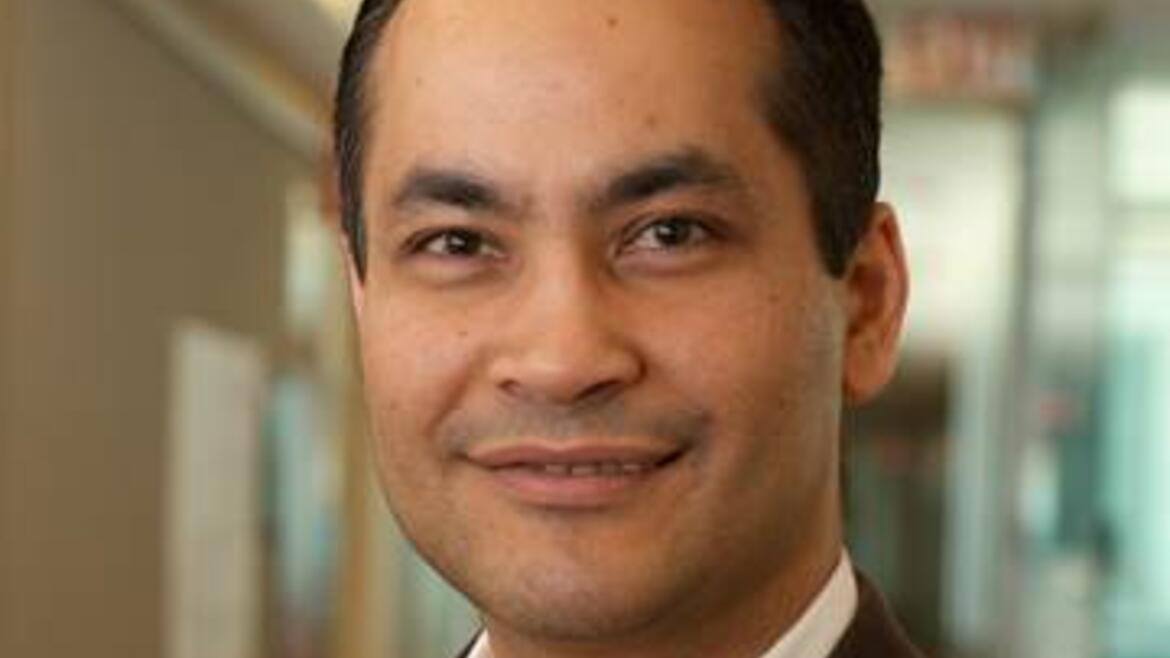Colloquium Speaker: Ali Khademhosseini

Title: Nano- and Microfabricated Hydrogels for Regenerative Engineering
Abstract: Ali Khademhosseini is the Levi Knight Professor of Bioengineering, Chemical Engineering and Radiology and
the Founding Director of the Center for Minimally Invasive Therapeutics at University of California- Los Angeles (UCLA).
He joined UCLA in Nov. 2017 from Harvard University where he was Professor of Medicine at Harvard Medical School
(HMS), and a faculty at Harvard-MIT Health Sciences and Technology and the Wyss Institute. At Harvard, he directed the
Biomaterials Innovation Research Center (BIRC) a world renown bioengineering initiative which comprised of over 100
researchers. He is a leader in applying bioengineering solutions to precision medicine. His large and interdisciplinary
group is interested in developing ‘personalized’ solutions that utilize micro- and nanoscale technologies to enable a
range of therapies for organ failure, cardiovascular disease and cancer. For example, he has developed numerous
techniques in controlling the behavior of patient-derived cells to engineer artificial tissues and cell-based therapies. He is
also developing ‘organ-on-a-chip’ systems that aim to mimic human physiology and pathology to enable patient-specific
evaluation of drug candidates. In addition, his laboratory is a leader in utilizing 3D bioprinting to form vascularized
tissues as well as to direct stem cell differentiation. He has also pioneered various high-performance biomaterials that
can respond to each patient’s needs.
Biography: Engineered materials that integrate advances in polymer chemistry, nanotechnology, and biological sciences
have the potential to create powerful medical therapies. Our group aims to engineer tissue regenerative therapies using
water-containing polymer networks, called hydrogels, that can regulate cell behavior. Specifically, we have developed
photocrosslinkable hybrid hydrogels that combine natural biomolecules with nanoparticles to regulate the chemical,
biological, mechanical and electrical properties of gels. These functional scaffolds induce the differentiation of stem cells
to desired cell types and direct the formation of vascularized heart or bone tissues. Since tissue function is highly
dependent on architecture, we have also used microfabrication methods, such as microfluidics, photolithography,
bioprinting, and molding, to regulate the architecture of these materials. We have employed these strategies to
generate miniaturized tissues. To create tissue complexity, we have also developed directed assembly techniques to
compile small tissue modules into larger constructs. It is anticipated that such approaches will lead to the development
of next-generation regenerative therapeutics and biomedical devices.